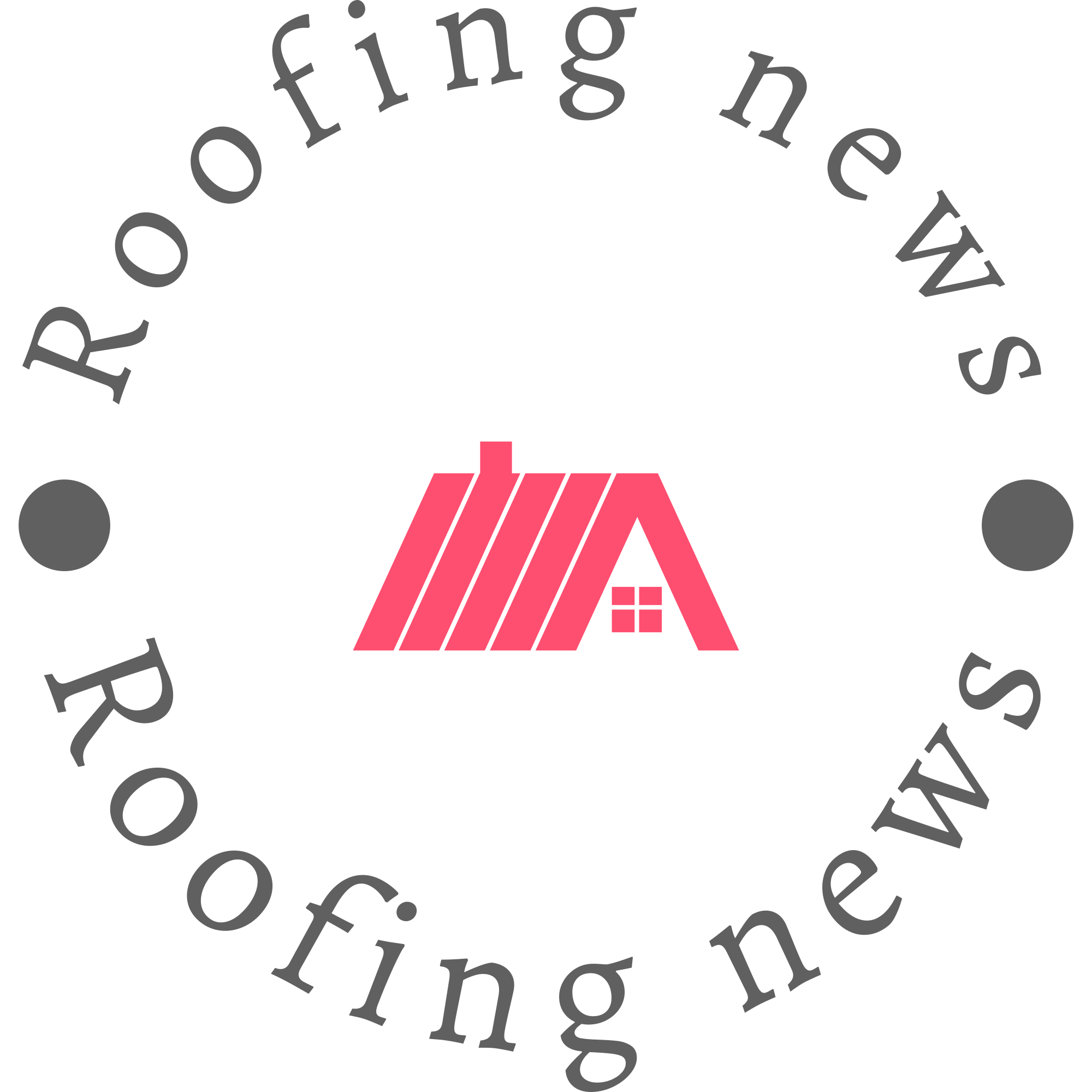
Your roof is your home’s first line of defense against the elements — from torrential rain to blistering sun. Over time, even the sturdiest roof will start to show signs of wear and tear. Ignoring these signs can lead to costly damage not just to the roof itself but to your home’s structure, insulation, and interior.
So how do you know when it’s time for a replacement? Here are 10 key signs your roof may need to be replaced.
1. Age of the Roof
One of the clearest indicators that your roof may need replacing is its age. Most asphalt shingle roofs last about 20 to 25 years. If your roof is approaching or has surpassed this range, it’s time to start planning for a replacement — even if it still looks okay from the ground. Older roofs are more susceptible to leaks, wind damage, and material degradation.
Tip: If your current roof was installed over an old layer (a practice known as re-roofing), its lifespan may be shorter.
2. Curling or Buckling Shingles
Take a look at your shingles. Are the edges curling up, or do some look warped or buckled? These are clear signs of weather damage and aging. Curling shingles can no longer effectively protect your roof and are vulnerable to wind uplift, which can lead to missing shingles and leaks.
3. Missing Shingles
A few missing shingles might not seem like a big deal, but they can expose your underlayment and roof deck to moisture. If you’re seeing patches where shingles used to be — especially after a storm — it may be a sign your roof is nearing the end of its life. Replacing individual shingles might work in the short term, but widespread loss often means the roof system is failing.
4. Granules in the Gutters
Asphalt shingles shed granules as they age. These granules look like coarse, black sand and often collect in your gutters or at the base of your downspouts. While a few granules are normal, excessive granule loss is a red flag. Without granules, shingles become brittle and ineffective at shielding your home from UV rays and rain.
5. Sagging Roof Deck
A sagging or drooping roof is often a sign of structural problems. It could be caused by long-term water damage, poor installation, or weakened materials. If your roofline looks wavy or you notice a dip in certain areas, it’s time to call in a professional for an inspection — this kind of issue can quickly lead to more serious damage.
6. Leaks and Water Damage
Water stains on your ceiling or walls could point to a leaking roof. Sometimes leaks are obvious — dripping during a storm — but they can also be slow and hidden, gradually causing mold and rot. If you’re constantly patching leaks or finding new water spots, a full roof replacement might be more cost-effective in the long run.
7. Moss, Mold, or Algae Growth
Moss and algae might look harmless (some even think it adds charm), but they can trap moisture against the roof surface. Over time, this moisture can degrade shingles and lead to rot. If you see green patches or dark streaks across your roof, it’s a sign your roofing material is deteriorating or not draining properly.
8. Sunlight Through the Attic
Take a peek in your attic during the day. Can you see sunlight shining through the roof boards? If so, you likely have gaps or holes that need attention. Along with visible light, feel for any drafts or moisture. A compromised roof deck is a strong sign that replacement is on the horizon.
9. Rising Energy Bills
Have your heating and cooling bills gone up without explanation? A damaged or poorly insulated roof can let air escape, forcing your HVAC system to work harder. While high energy bills alone don’t confirm roof damage, they’re often part of a bigger issue, especially when paired with other signs on this list.
10. Storm Damage
Severe weather — like hail, heavy winds, or falling branches — can cause immediate damage to a roof. Even if the damage isn’t visible from the ground, storms can loosen shingles, crack tiles, and puncture underlayment. After any significant weather event, it’s wise to get a professional roof inspection. If damage is widespread, a full replacement may be necessary.
When to Call a Roofing Professional
If you notice one or more of these signs, don’t wait. A minor roof issue can escalate quickly, leading to mold, rot, structural damage, and expensive repairs.
Getting a professional roofing inspection is the best way to assess the condition of your roof and decide whether repairs or a full replacement is the smarter long-term investment.
Final Thoughts
Replacing your roof isn’t a small decision — it’s a major home improvement project. But acting early can save you money, prevent damage, and improve the safety and value of your home. Whether you’re seeing curled shingles or leaks in your attic, these 10 warning signs are your cue to take action.
If you’re unsure whether it’s time to replace your roof, don’t guess. Contact a licensed roofing contractor in your area to evaluate your roof and recommend the best course of action.







Leave a Reply